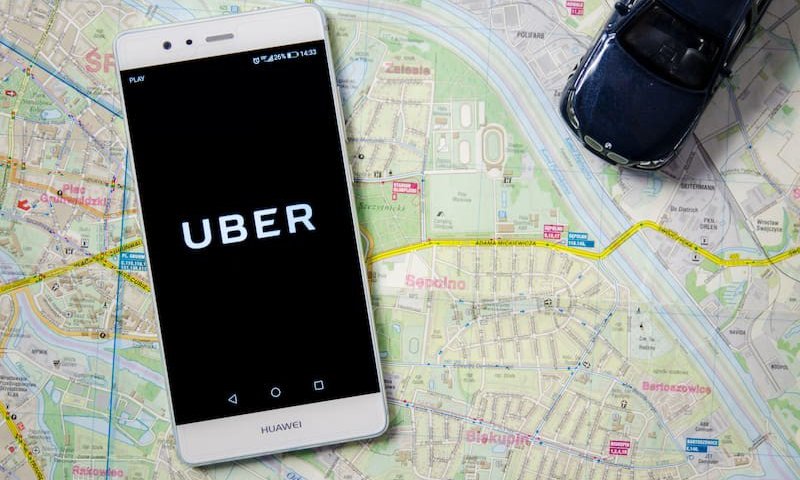End of the road for Uber: Supreme Court rules Uber drivers are workers

The Supreme Court has rejected Uber’s argument that its drivers are self-employed. It upheld the employment tribunal’s decision that Uber drivers are workers entitled to the National Minimum Wage, paid holiday and other worker protections.
Employment tribunal rules drivers are workers
In Aslam and others v Uber B.V. and others, the claimant Uber drivers brought claims for unlawful deductions from wages (based on failing to pay the National Minimum Wage) and for paid holiday under the Working Time Regulations 1998. In order to qualify for these rights, they needed to show that they were workers. Uber denied this, arguing that Uber is simply a technology platform facilitating the provision of taxi services by drivers, all of whom are self-employed.
The employment tribunal agreed with the Uber drivers. It ruled that any Uber driver who (a) switches on the Uber app; (b) is within the territory where they are authorised to work; and (c) is willing to accept assignments, is a worker working for Uber under a worker contract. For so long as those conditions were met, the driver would be “working” for the purposes of the Working Time Regulations 1998 and be entitled to payment of the National Minimum Wage.
Uber’s appeals fail
Uber’s appeals to the Employment Appeal Tribunal and Court of Appeal failed and the Supreme Court has now also rejected Uber’s appeal.
Drivers are workers
The Supreme Court ruled that when considering a worker’s employment status, you do not start with the written documentation. Instead, you need to consider the purpose of the legislation. This is to protect vulnerable individuals who have little or no say over their pay and working conditions because they are in a subordinate and dependent position in relation someone who exercises control over their work.
The Supreme Court considered the following factors to be key indicators that Uber exercised control over the drivers:
- Uber set the fares and therefore fixed the drivers’ remuneration. Drivers were not allowed to charge a higher fare than the fare calculated by the Uber app
- Uber dictated the contractual terms. Drivers had to agree to Uber’s standard terms and had no say in the terms on which they drove passengers
- Once logged on to the app, the drivers’ ability to accept or reject requests for rides was limited. Low acceptance rates resulted in Uber logging them off the app for 10 minutes, restricting their ability to earn
- Uber asked passengers to rate drivers and issued warning to drivers with low average ratings. This could ultimately lead to termination of the driver’s relationship with Uber
- Uber restricted communications between drivers and passengers and actively sought to prevent the driver from establishing an ongoing relationship with the passenger. Collection of fares, payment of drivers and handling of complaints were all managed by Uber in a way designed to avoid any direct interaction between passenger and driver and Uber prohibited drivers from exchanging contact details with passengers
The Supreme Court found that Uber exercised tight controls over the transportation service provided by drivers. Its control over all aspects of the drivers’ interaction with passengers meant the drivers were in a position of subordination and dependency in relation to Uber and had little or no ability to improve their economic position through professional or entrepreneurial skill. In practice, the only way in which they could increase their earnings was by working longer hours while constantly meeting Uber’s measures of performance.
When are drivers working?
The Supreme Court went on to agree with the employment tribunal that time spent by the claimants working for Uber was not limited to periods when they were actually driving passengers to their destinations. It also included any period when the driver was logged on to the Uber app within the territory in which they were licensed to operate and were ready and willing to accept trips.They were entitled to the National Minimum Wage for all of this time and this time also constituted ‘working time’ for the purpose of the Working Time Regulations.
What does this mean for employers in the gig economy?
For Uber
This is the end of the road for Uber, although it has since made changes to its business model which it suggests could give a different outcome for its current drivers. Nevertheless, many of its drivers could now be entitled to significant compensation.
For other employers
The Supreme Court’s decision does not necessarily mean that all cases brought by those working in the gig economy will be successful. Each case will turn on its own facts. However, where a significant degree of control is exercised over an individual, courts and tribunals are likely to find that they are workers entitled to paid holiday (and other rights under the Working Time Regulations), the National Minimum Wage and other protections.
The Supreme Court’s ruling that the written documentation is not the starting point when assessing employment/worker status will apply to any case where tribunals and courts are considering this issue. It is not limited to gig economy cases. Tribunals and courts considering questions about employment status will always need to consider the purpose of the legislation (protecting vulnerable individuals who have little or no say over their pay and working arrangements).
The articles published on this website, current at the date of publication, are for reference purposes only. They do not constitute legal advice and should not be relied upon as such. Specific legal advice about your own circumstances should always be sought separately before taking any action.

